So, just find some of those.


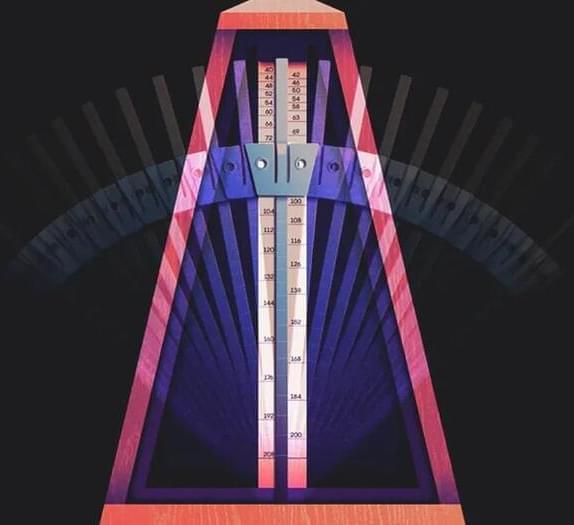
“For the first time ever, we kind of have a time-traveling machine going in both directions,” said Sonja Franke-Arnold, a quantum physicist at the University of Glasgow in Scotland who was not involved in the research.
Regrettably for science fiction fans, the devices have nothing in common with a 1982 DeLorean. Throughout the experiments, which were conducted by two independent teams in China and Austria, laboratory clocks continued to tick steadily forward. Only the photons flitting through the circuitry experienced temporal shenanigans. And even for the photons, researchers debate whether the flipping of time’s arrow is real or simulated.
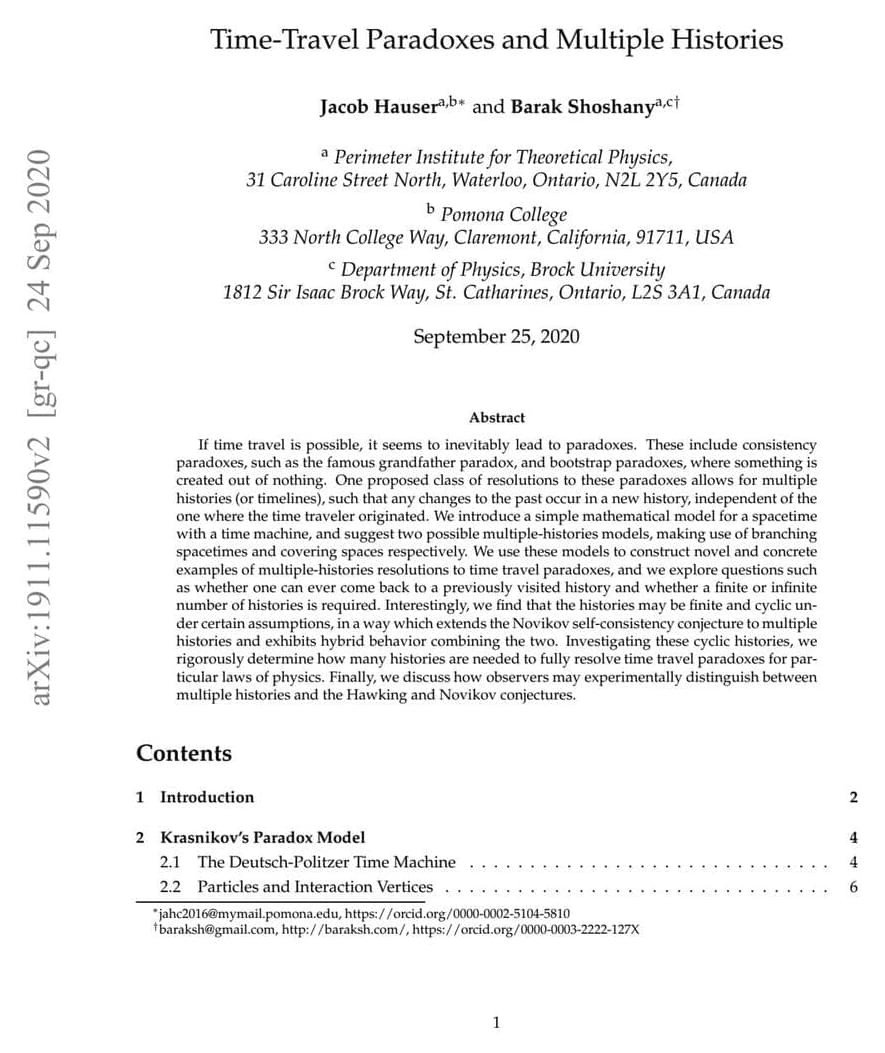
Physicist Ronald Mallett believes that a spinning laser loop can bend time, leading to time travel. He even has a prototype to test the idea.
Ronald Mallett is on a mission to develop a real-life working time machine.
But it will be hard because, according to what we know about physics now, time travel is impossible, even though it is often shown in science fiction.
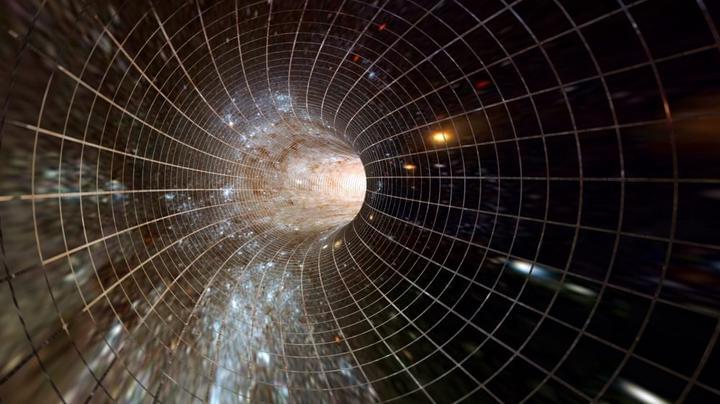
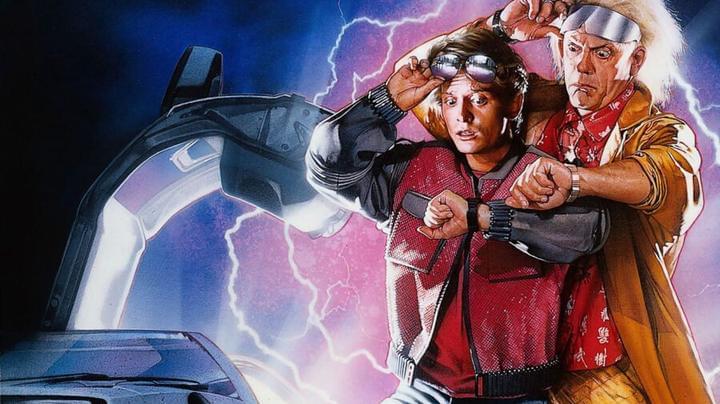
Scientists have discovered how to reverse time inside a quantum system. From a teenager taking a stylish Delorean 88 miles per hour to two-hearted alien creatures flying a blue police box, our fiction has been filled with fun stories about time travel. However, it looks like time travel is now no longer a matter of science fiction but science fact.
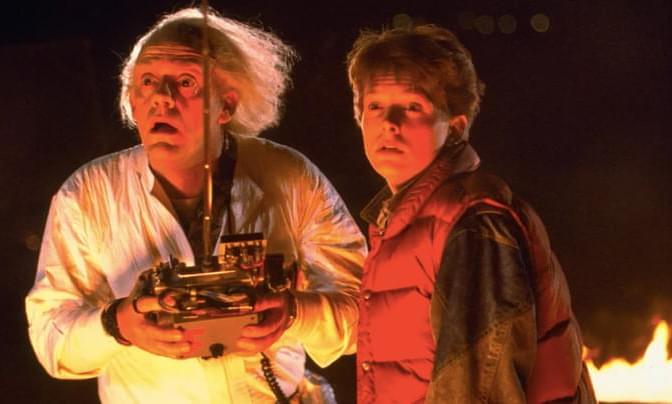
Scientists Think They’ve Identified the Origin of a Mysterious Radio Signal from … Ready to be a little bit confused by complex science? Ok, here we go… Until now, time travel has only been possible in fiction (and on TikTok, according to some), but it might not be as far away as previously thought.

In the physical world, time marches in one direction, but things aren’t so straight forward in the quantum realm. Researchers have discovered that it’s possible to speed up, slow down, or reverse the flow of time in a quantum system. This isn’t exactly time travel, but is instead implementing or reverting to different quantum states from different points in time.
How the Big Bang gave us time, explained by theoretical physicist Sean Carroll.
Up next, The Universe in 90 minutes: Time, free will, God, & more ► https://youtu.be/tM4sLmt1Ui8
In this Big Think interview, theoretical physicist Sean Carroll discusses the concept of time and the mysteries surrounding its properties. He notes that while we use the word “time” frequently in everyday language, the real puzzles arise when we consider the properties of time, such as the past, present, and future, and the fact that we can affect the future but not the past.
Carroll also discusses the concept of entropy, which is a measure of how disorganized or random a system is, and the second law of thermodynamics, which states that there is a natural tendency for things in the universe to go from a state of low entropy to high entropy. He explains that the arrow of time, or the perceived difference between the past and the future, arises due to the influence of the Big Bang and the fact that the universe began in a state of low entropy.
Carroll also touches on the possibility of time travel and the concept of the multiverse.
Read the video transcript ► https://bigthink.com/series/explain-it-like-im-smart/the-Big-Bang-gave-us-time.
